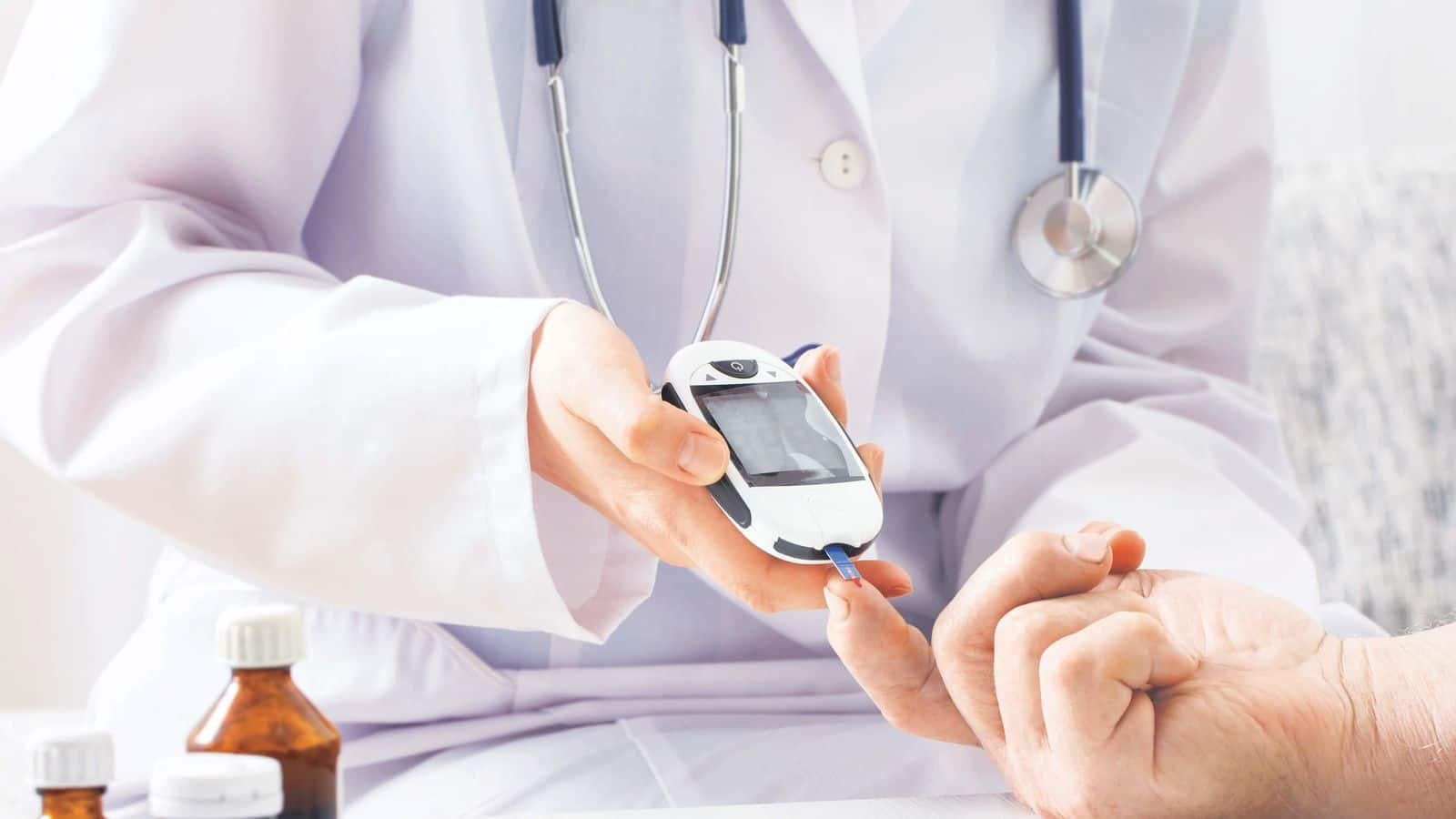But if you have diabetes, your body doesn’t make insulin (type 1 diabetes) or doesn’t respond to it normally (type 2 diabetes). That can leave your blood sugar too high for too long. Over time, this can damage nerves and blood vessels and lead to heart disease and other problems.
How much sugar in the blood is too much? And why is high glucose so bad for you? Here’s a look at how your levels affect your health.
They're less than 100 mg/dL after not eating (fasting) for at least 8 hours. And they're less than 140 mg/dL 2 hours after eating.
During the day, levels tend to be at their lowest just before meals. For most people without diabetes, blood sugar levels before meals hover around 70 to 80 mg/dL. For some people, 60 is normal; for others, 90.
What's a low sugar level? It varies widely, too. Many people's glucose won't ever fall below 60, even with prolonged fasting. When you diet or fast, the liver keeps your levels normal by turning fat and muscle into sugar. A few people's levels may fall somewhat lower.
Diabetes Diagnosis
Doctors use these tests to find out if you have diabetes:Oral glucose tolerance test. After fasting for 8 hours, you get a special sugary drink. Two hours later, your sugar level is higher than 200.
Random Check. The doctor tests your blood sugar and it’s higher than 200, plus you’re peeing more, always thirsty, and you’ve gained or lost a significant amount of weight. They’ll then do a fasting sugar level test or an oral glucose tolerance test to confirm the diagnosis.
According to the American Diabetes Association, 86 million people in the U.S. have this condition, which can lead to diabetes if you don't make healthy lifestyle changes that your doctor recommends. It also raises the risk for heart disease, although not as much as diabetes does. It's possible to keep prediabetes from becoming diabetes with diet and exercise.
High Blood Sugar
Why are high blood sugar levels bad for you? Glucose is precious fuel for all the cells in your body when it's present at normal levels. But it can behave like a slow-acting poison.
High sugar levels slowly erode the ability of cells in your pancreas to make insulin. The organ overcompensates and insulin levels stay too high. Over time, the pancreas is permanently damaged.
High levels of blood sugar can cause changes that lead to a hardening of the blood vessels, which doctors call atherosclerosis.
- Kidney disease or kidney failure, requiring dialysis
- Strokes
- Heart attacks
- Vision loss or blindness
- The weakened immune system, with a greater risk of infections
- Erectile dysfunction
- Nerve damage, also called neuropathy, causes tingling, pain, or less sensation in your feet, legs, and hands
- Poor circulation to the legs and feet
- Slow wound healing and the potential for amputation in rare cases
Keep your blood sugar levels close to normal to avoid many of these complications. The American Diabetes Association's goals for blood sugar control in people with diabetes are 70 to 130 mg/dL before meals and less than 180 mg/dL after meals.
How to Check Blood Sugar
If you have diabetes, your doctor may ask you to keep track of your blood sugar by testing it at home with a special device called a blood glucose monitor or home blood sugar meter. It takes a small sample of blood, usually from the tip of your finger, and measures the amount of glucose in it.Your doctor will tell you when and how to test your blood sugar. Each time you do it, log it in a notebook, online tool, or an app. The time of day, recent activity, your last meal, and other things can all affect whether a reading will be of concern to your doctor. So try to log relevant information like:
- What medication and dosage you took
- What you ate, when you ate, or whether you were fasting
- How much, how intense, and what kind of exercise you were doing, if any
That will help you and your doctor see how your treatment is working.
And on top of all of that, each capsule contains a blend of 15 herbs that regulate your body's natural hormonal balance and allow this whole biochemical process to run smoothly.




